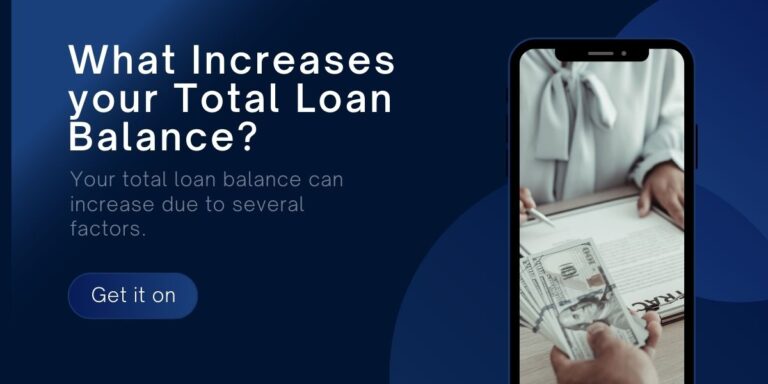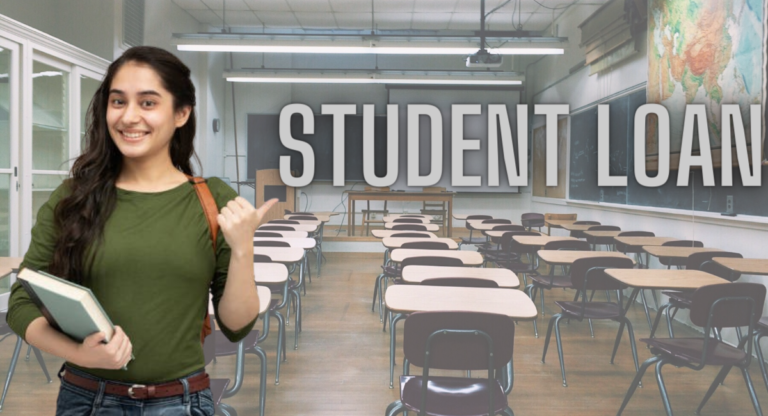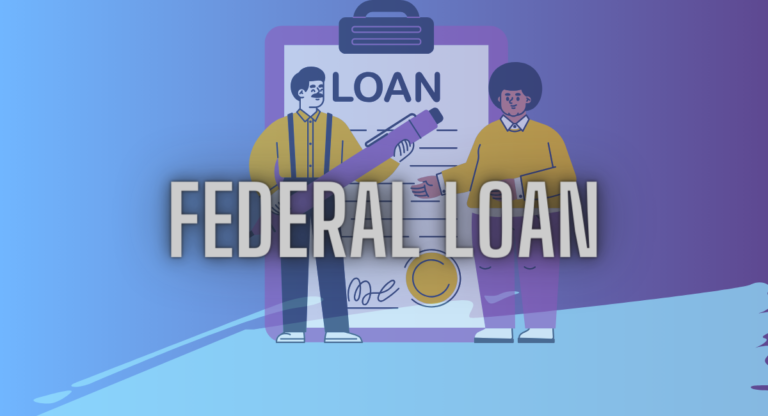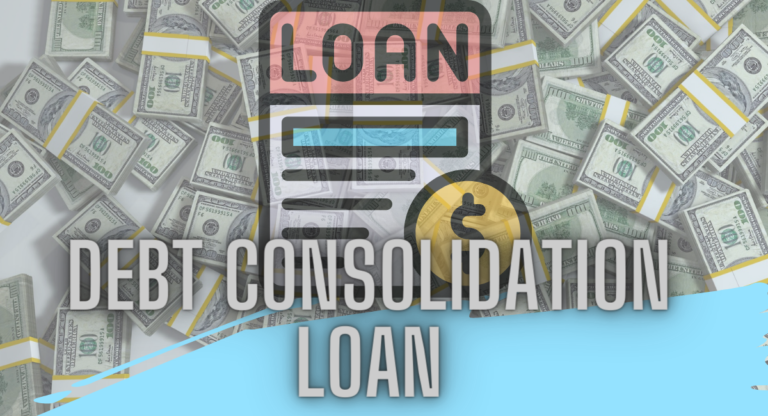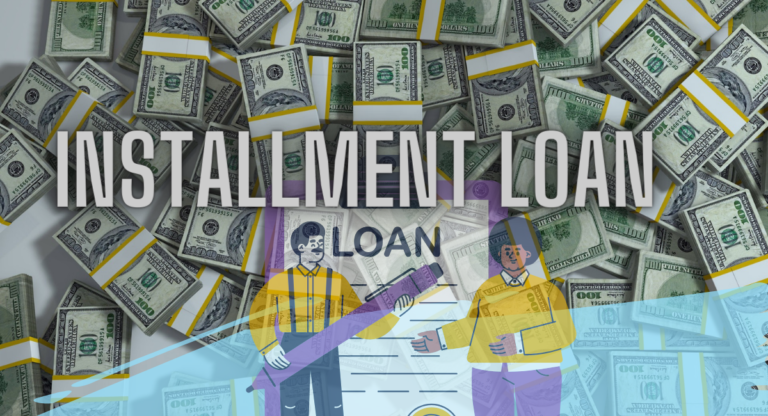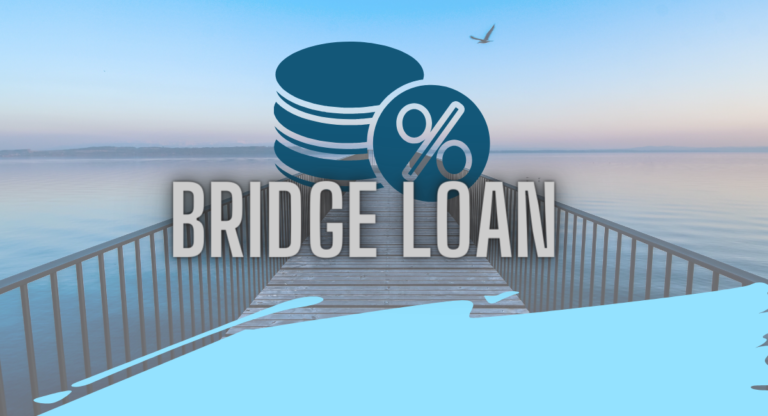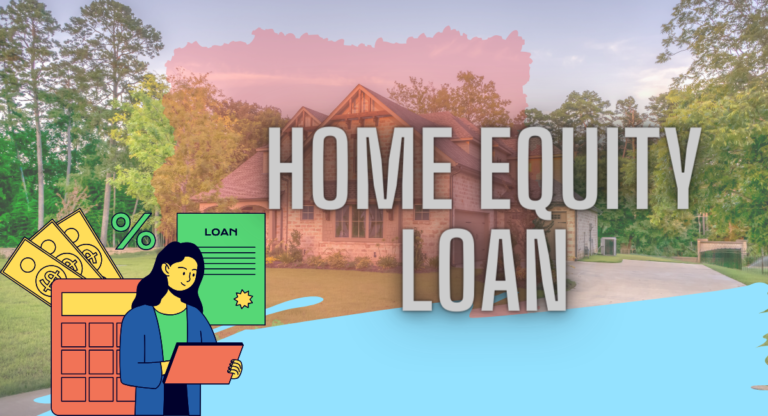A student loan is like a special kind of money that helps students pay for their education. It’s different from free aid like scholarships because students have to pay it back later.
This money can cover things like school fees, books, and living costs. The student is the one who borrows the money, and they agree to pay it back, usually after finishing school.
Sometimes, the government or private companies lend this money, and there’s usually an added amount called interest. Interest is like a small extra charge for borrowing the money.
Some loans start collecting interest while the student is still in school. When the student finishes school, they begin repaying the loan in monthly amounts.
Student loan forgiveness is like a special program that helps some people not have to pay back all or part of their student loans. There are different types of forgiveness programs, and each has its own rules.
One program is called Public Service Loan Forgiveness (PSLF), where if you work in certain jobs that help the public for a certain number of years, the remaining loan amount can be forgiven. Another one is for teachers in low-income schools, called Teacher Loan Forgiveness.
There’s also forgiveness if you’re on an income-driven repayment plan and make payments for a long time. If a school closes while you’re there, or if you become totally and permanently disabled, you might also be able to get your loans forgiven.
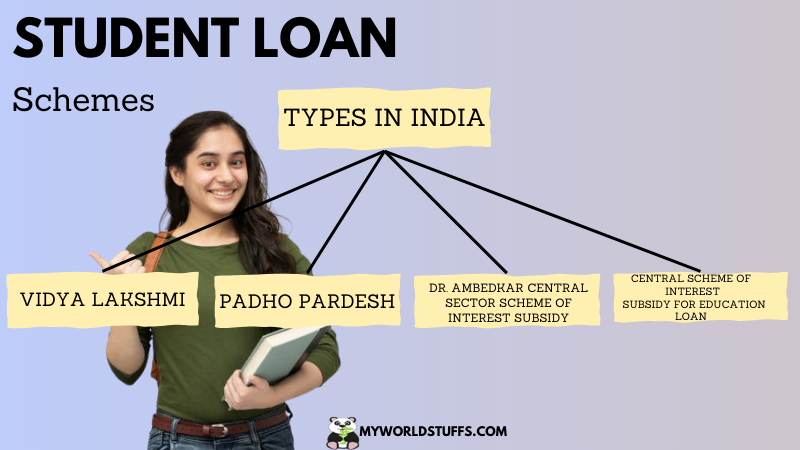
What Increases your Total Loan Balance?
What is a subsidized loan? Is it Better?
What is an FHA Loan? How does it work?
There are several types of student loan forgiveness programs designed to help borrowers manage their debt under specific circumstances. Here are some common types:
- Enrollment: Attend an eligible educational program, such as college or vocational school.
- Minimum Enrollment: Usually require at least half-time enrollment.
- Citizenship or Residency: Typically limited to U.S. citizens or eligible non-citizens.
- Social Security Number: Need a valid Social Security number for federal student loans.
- Academic Progress: Maintain satisfactory academic progress.
- No Default: No default on previous student loans.
- Financial Need: Some loans are need-based; determined through FAFSA.
- Selective Service Registration: Males aged 18-25 must register with Selective Service for federal aid.
- No Drug Convictions (for Federal Aid): Certain drug convictions may impact eligibility.
- Loan Limits: Adhere to specified borrowing limits for federal student loans.
| Bank | Loan Amount | Interest Rate |
|---|---|---|
| Axis Bank | Up to Rs. 4 Lakhs | 15.20% |
| Rs. 4 Lakhs to Rs. 7.5 Lakhs | 14.70% | |
| Loans greater than Rs. 7.5 Lakhs | 13.70% | |
| Bank of Baroda | For all loan types and amounts | 8.50% onwards |
| Canara Bank | For Vidhya Turant Loan Scheme | 6.60% |
| Up to Rs. 4 Lakhs | 10.40% | |
| Rs. 4 Lakhs to Rs. 7.50 Lakhs | 10.40% | |
| Loans above Rs. 7.50 lakhs | 10.20% | |
| HDFC Bank | Minimum APR | 9.00% |
| Maximum APR | 13.86% | |
| Average APR | 11.57% | |
| Kotak Mahindra Bank | For all loan types and amounts | 11.5% to 24% |
| Punjab National Bank | PNB Kaushal | 8.55% onwards |
| PNB Saraswati/Udaan | 10.30% onwards | |
| PNB Pratibha (for admission to IITs, IIMs, and XLRI Jamshedpur) | 8.45% onwards | |
| PNB Pratibha (for admission to other colleges) | 8.55% onwards | |
| PNB Honhaar | 10.45% | |
| State Bank of India | Up to Rs. 7.5 Lakhs | 10.25% |
| Above Rs. 7.5 Lakhs | 10.50% | |
| Avanse | For all loan types and amounts | 10% to 16.50% |
| Credila | For all loan types and amounts | 11.85% onwards |
| Allahabad Bank | As per applicant’s profile | 9.20% onwards |
| Andhra Bank | As per applicant’s profile | 10.80% onwards |
| Axis Bank | Rs. 50,000 to 15 lakh | 12% onwards |
| Bajaj Finserv | Up to 25 lakh | 12.99% onwards |
| Bank of Baroda | Rs. 50,000 to 10 lakh | 10.50% onwards |
| Bank of India | Up to 10 lakh | 9.35% onwards |
| Bank of Maharashtra | Up to 10 lakh | 9.70% onwards |
| CASHe | Rs. 9,000 to 3 lakh | 33% to 36% |
| Central Bank | Up to 20 lakh | 8.45% onwards |
| Citibank | Rs. 10,000 to 30 lakh | 9.99% onwards |
| Early Salary | Rs. 8,000 to 2 lakh | 24% onwards |
| Federal Bank | Up to 25 lakh | 11.49% onwards |
| Fullerton India | Up to 25 lakhs | 11.99% onwards |
| HDFC Bank | Rs. 50,000 to 40 lakh | 10.75% onwards |
| Home Credit | Up to 2.4 lakh | 24% onwards |
| HSBC Bank | Up to 30 lakh | 10.50% onwards |
| ICICI Bank | Rs. 50,000-20 lakhs | 11.25% onwards |
| IDBI Bank | Rs. 25,000-5 lakhs | 12% onwards |
| IDFC First | Rs. 1 lakh-40 lakhs | 10.75% onwards |
| Indiabulls | Rs. 1000 to Rs. 15 lakh | 13.99% onwards |
| Indian Bank | As per applicant’s profile | 9.20% onwards |
| Indian Overseas Bank | Up to 15 lakh | 10.30% onwards |
| IndusInd Bank | Rs. 50,000-15 lakhs | 11% onwards |
| Kotak Mahindra Bank | Rs. 50,000-20 lakh | 10.75 onwards |
| Kreditbee | Rs. 1000 to 2 lakh | 1.02% p.m. onwards |
| Moneytap | Rs. 3000 to Rs. 5 lakh | 1.25% p.m. onwards |
| Moneyview | Rs. 10,000 to Rs. 5 lakh | 1.33% p.m. onwards |
| Muthoot Finance | Rs. 50,000 onwards | Varies based on applicant profile |
| Punjab National Bank | Rs. 25,000 to 15 lakh | 8.95% onwards |
| RBL Bank | Rs. 1 lakh to 20 lakh | 14% onwards |
| Standard Chartered Bank | Rs. 1 lakh-50 lakhs | 11.00% onwards |
| State Bank of India | Up to 20 lakhs | 9.60% onwards |
- Admission Proof: Admission letter.
- Academic Records: Transcripts and certificates.
- ID Documents: Aadhar, PAN, or passport.
- Residence Proof: Utility bills or rental agreement.
- Income Proof (if needed): Parents’ or guardians’ income.
- Course Details: Curriculum, duration, fees.
- Admission Fee Receipt: Payment confirmation.
- Collateral Docs (if needed): Property or asset papers.
- Photos: Passport-size photographs.
- Bank Statements: Financial transaction records.
- Tax Returns (if applicable): Income tax filings.
- Co-borrower/Guarantor Info (if needed): Details of co-borrowers or guarantors.
- Loan Application Form: Completed application.
- Promissory Note/Loan Agreement: Signed agreement.
- Caste Certificate (if applicable): For reserved categories.
- Lender-Specified Docs: Any additional requirements.
- Research Lenders:
- Explore banks, financial institutions, and government schemes offering student loans in India.
- Choose the Right Loan:
- Select a loan that suits your needs, considering interest rates, repayment terms, and eligibility criteria.
- Check Eligibility:
- Ensure you meet the lender’s eligibility requirements, including academic qualifications, course selection, and admission to a recognized institution.
- Gather Documents:
- Collect necessary documents, including proof of admission, academic records, and identification documents.
- Apply Online or Offline:
- Submit your application through the lender’s online portal or visit a local branch for offline application.
- Fill out the Application Form:
- Complete the application form with accurate details. Double-check for completeness and correctness.
- Provide Collateral (if required):
- Some loans may require collateral. Prepare documentation related to the collateral, such as property or assets.
- Attend Counseling Sessions (if required):
- Attend any counseling sessions mandated by the lender to understand loan terms, repayment options, and your responsibilities.
- Await Approval:
- Wait for the lender to process your application. Approval times may vary.
- Sign Loan Agreement:
- Once approved, sign the loan agreement or promissory note, agreeing to the terms and conditions.
- Disbursement of Funds:
- After completing all formalities, the loan amount is disbursed directly to the educational institution or to you, depending on the lender’s policies.
- Monitor Repayment Schedule:
- Keep track of your repayment schedule, interest rates, and any grace periods. Understand the repayment options available after completing your education.
- Stay Informed:
- Stay informed about any changes in interest rates, government schemes, or additional benefits for student loans.
- Student Loan SBI
- Student Loan Bank Of Baroda
- Student Loan Union Bank Of India
- Student Loan HDFC
- Student Loan ICICI Bank
- Student Loan Axis Bank
- Student Loan IDFC First Bank
Who can get a student loan?
Typically, students pursuing higher education, such as college or vocational training, can apply for student loans. Parents may also take out loans to assist their children.
Where do I get a student loan?
Student loans can be obtained from government agencies, private financial institutions, or educational institutions. Government loans often have more favorable terms.
When do I have to start repaying my student loan?
Repayment usually begins after graduation, leaving school, or dropping below half-time enrollment. Some loans offer a grace period before repayment starts.
What is the difference between subsidized and unsubsidized student loans?
Subsidized loans don’t accrue interest while the student is in school, and the government pays the interest during certain periods. Unsubsidized loans accrue interest from the time they are disbursed.
Can I get a student loan with bad credit?
Federal student loans typically don’t require a credit check. Private student loans may require good credit or a co-signer.
Can I pay off my student loan early?
Yes, you can usually pay off your student loan before the scheduled repayment period ends. Check for any prepayment penalties.
What happens if I can’t make my student loan payments?
If you’re struggling to make payments, contact your loan servicer to explore options like deferment, forbearance, or income-driven repayment plans.
How can I find out more about my student loan terms?
Review your loan agreement, check with your loan servicer, or visit the official student aid website for comprehensive information on federal student loans.
